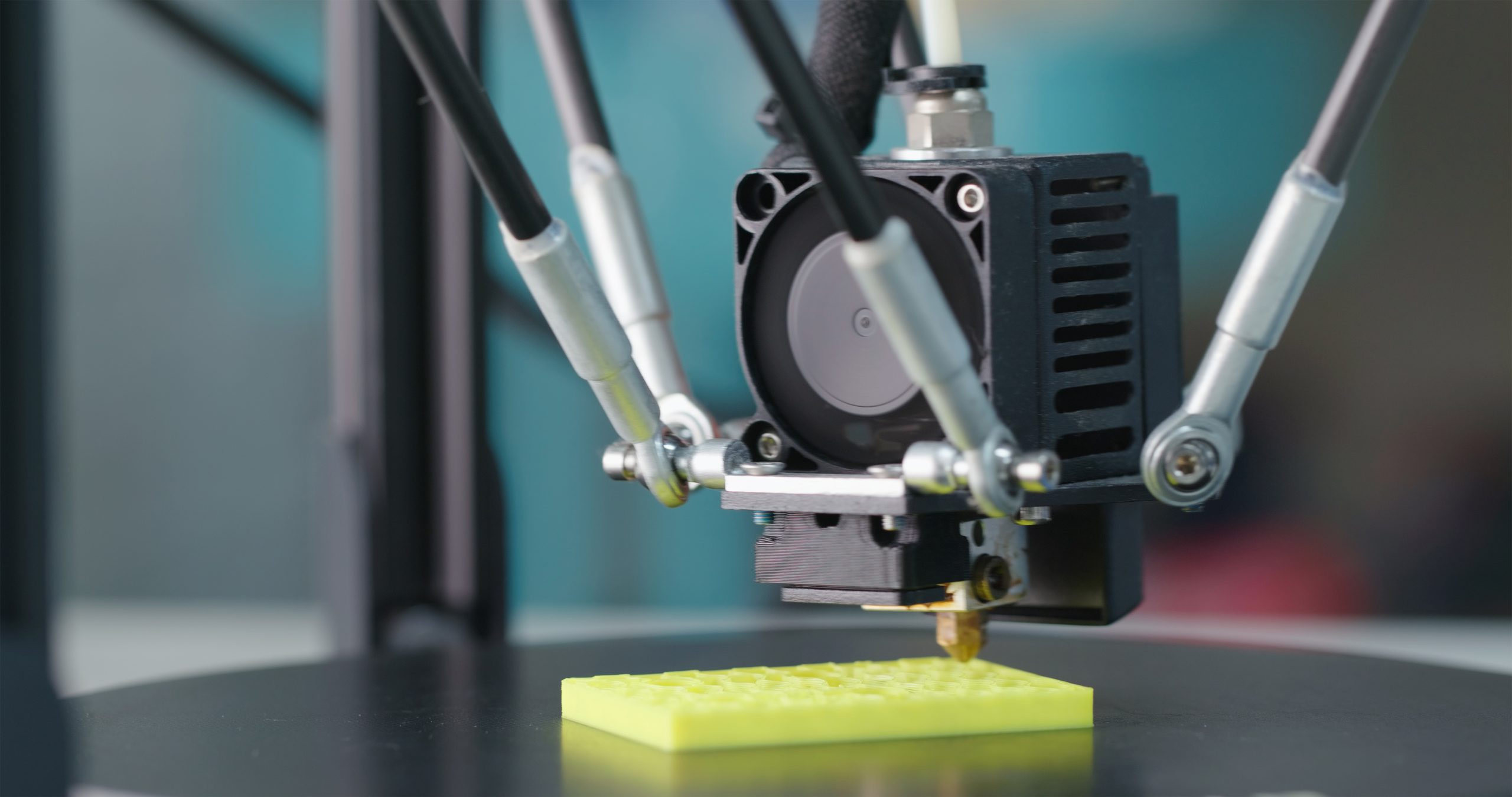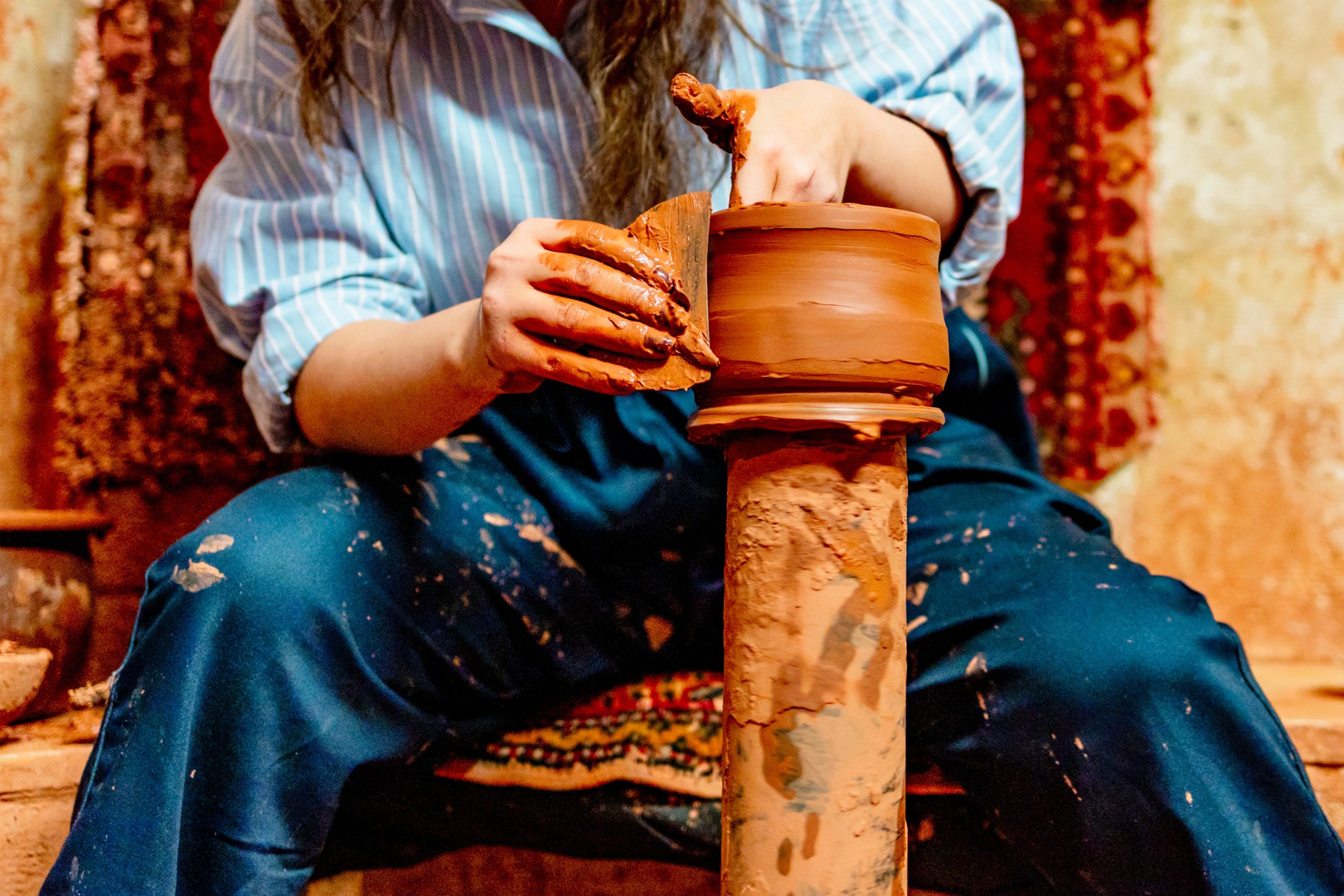Introduction
Swag design has evolved dramatically over the years, with creatives constantly pushing the boundaries to develop innovative, eye-catching, and engaging promotional products. As brands look for unique ways to make a lasting impression on their target audience, the role of designers and creatives in the swag industry has become more crucial than ever. In this article, we take you behind the scenes of swag design, showcasing how creatives are pushing the envelope and redefining promotional merchandise.

1. Embracing the Power of Storytelling:
A key element of successful swag design is the ability to tell a compelling story through promotional products. Designers and creatives are increasingly using storytelling techniques to evoke emotions, communicate brand values, and create a memorable experience for the recipients. To achieve this, they carefully select color schemes, illustrations, typography, and other design elements that align with the brand’s identity and narrative.
A powerful example of storytelling in swag design is the use of custom illustrations that depict the brand’s history, core values, or its connection to a specific cause or movement. These illustrations, when thoughtfully incorporated into promotional items, can forge a strong emotional bond with the audience and leave a lasting impact.
2. Fusing Art and Technology:
With the rapid advancements in technology, creatives in the swag industry are leveraging cutting-edge tools and processes to bring their designs to life. One notable trend is the integration of augmented reality (AR) into promotional products. AR allows users to interact with a brand’s virtual content through their smartphone or AR-enabled device, adding an interactive and immersive dimension to swag items.
Designers can also harness the power of 3D printing to create intricate and personalized swag items. This technology allows for the creation of complex shapes and structures that would be difficult or impossible to achieve through traditional manufacturing processes. By fusing art and technology, designers are able to develop truly unique and memorable promotional products.

3. Customization and Personalization:
Personalized swag items have a stronger impact on recipients, as they convey a sense of exclusivity and thoughtfulness. Designers are increasingly focusing on creating customizable and personalized promotional products that cater to the individual preferences and needs of the target audience.
One approach to achieving this is through the use of variable data printing, which allows for the production of swag items with unique designs, names, or messages for each recipient. This can range from simple text changes to more complex variations, such as personalized illustrations or patterns.
Another popular trend in swag design is the creation of “mix and match” items, where recipients can choose from a selection of components, colors, or materials to create their own customized product. This not only provides a unique and personalized experience but also allows the audience to engage with the brand on a deeper level.
4. Sustainability in Swag Design:
As the demand for eco-friendly promotional products grows, designers are prioritizing the use of sustainable materials and processes in their swag designs. This involves selecting materials that are recyclable, biodegradable, or made from renewable sources, as well as minimizing waste and energy consumption throughout the production process.
In addition to using sustainable materials, creatives are also focusing on designing products that encourage eco-friendly behavior, such as reusable water bottles, tote bags, and items that promote energy efficiency. By incorporating sustainability into swag design, brands can demonstrate their commitment to environmental responsibility and appeal to environmentally conscious consumers.
5. Collaborating with Local Artisans and Makers:
To create unique and authentic promotional products, many brands are partnering with local artisans and makers. This collaboration not only supports small businesses and local economies but also results in distinctive and high-quality swag items that recipients will cherish.
Working with local artisans allows designers to incorporate traditional craftsmanship, techniques, and materials that reflect the brand’s cultural roots or its connection to a specific community. This approach can result in one-of-a-kind swag items that showcase the brand’s personality and values while also celebrating local talent and heritage.
6. Exploring Unconventional Materials and Processes:
As creatives strive to push the envelope in swag design, they are exploring unconventional materials and processes to develop innovative promotional products. From upcycling discarded materials to experimenting with biomaterials, designers are constantly seeking new ways to surprise and delight their audience.
For example, creatives are increasingly using materials like cork, mushroom-based leather, and biodegradable plastics to develop eco-friendly swag items that challenge conventional notions of what promotional products can be. By embracing these unconventional materials and processes, designers are opening up new possibilities in swag design and setting new trends for the industry.

7. Merging Functionality with Aesthetics:
The most effective swag items not only look great but also serve a practical purpose. Designers are focusing on creating products that seamlessly blend functionality with aesthetics, ensuring that recipients will want to use the items regularly and, in turn, increase brand visibility.
This can involve incorporating smart design features like built-in charging cables, hidden storage compartments, or modular elements that allow users to adapt the product to their needs. By prioritizing both form and function, creatives can design swag items that are not only visually appealing but also provide genuine value to the recipient.
8. Swag Design for Virtual and Hybrid Events:
As virtual and hybrid events become increasingly popular, designers are adapting their swag offerings to cater to this new landscape. This involves creating items that can be easily shipped to attendees or developing digital swag, such as virtual backgrounds, e-books, or access to exclusive online content.
For physical swag items, creatives are focusing on designing products that will enhance the virtual event experience, such as branded webcam covers, blue light blocking glasses, or comfortable work-from-home apparel. By considering the unique needs and preferences of virtual event attendees, designers can create promotional items that truly resonate with this audience.
9. Packaging as an Integral Part of Swag Design:
An often overlooked aspect of swag design is the packaging in which the products are presented. Creatives are increasingly recognizing the importance of packaging as an integral part of the overall swag experience and are dedicating more attention to its design.
This can involve using eco-friendly packaging materials, incorporating eye-catching graphics, or adding personalized touches like handwritten notes. By elevating the packaging experience, designers can make a lasting impression on recipients and reinforce the brand’s commitment to quality and attention to detail.

10. Staying Ahead of the Curve:
Swag Design Trends to Watch As the swag industry continues to evolve, creatives must stay informed of emerging trends and adapt their designs accordingly. Some trends to watch in the coming years include:
- The rise of AI-generated designs, which could lead to hyper-personalized swag items tailored to individual preferences and behaviors.
- The integration of wearable technology and IoT devices into promotional products, allowing for more interactive and connected swag experiences.
- The increasing importance of inclusivity and diversity in swag design, ensuring that promotional items cater to a wide range of identities and needs.
Conclusion
The world of swag design is constantly evolving, with creatives pushing the envelope to develop innovative, engaging, and memorable promotional products. From embracing storytelling and sustainability to exploring unconventional materials and processes, designers are redefining the swag industry and setting new standards for promotional merchandise.
By staying informed of emerging trends and continuously pushing the boundaries of what is possible, creatives can ensure that their swag designs remain relevant and impactful in an ever-changing landscape. By doing so, they can help brands forge strong connections with their target audience, build brand loyalty, and stand out from the competition.
As we continue to navigate the dynamic world of promotional merchandise, it is essential for businesses and creatives alike to remain adaptable and open to new ideas. By embracing innovative design approaches and focusing on creating swag items that resonate with recipients on a deeper level, we can collectively shape the future of the industry and ensure that swag remains a powerful tool for brands across the globe.
So, are you ready to push the envelope in swag design? It’s time to embrace these trends and transform your promotional efforts into a powerful tool that sets your brand apart from the competition. Dive into the world of swag design, and let your creativity soar!




